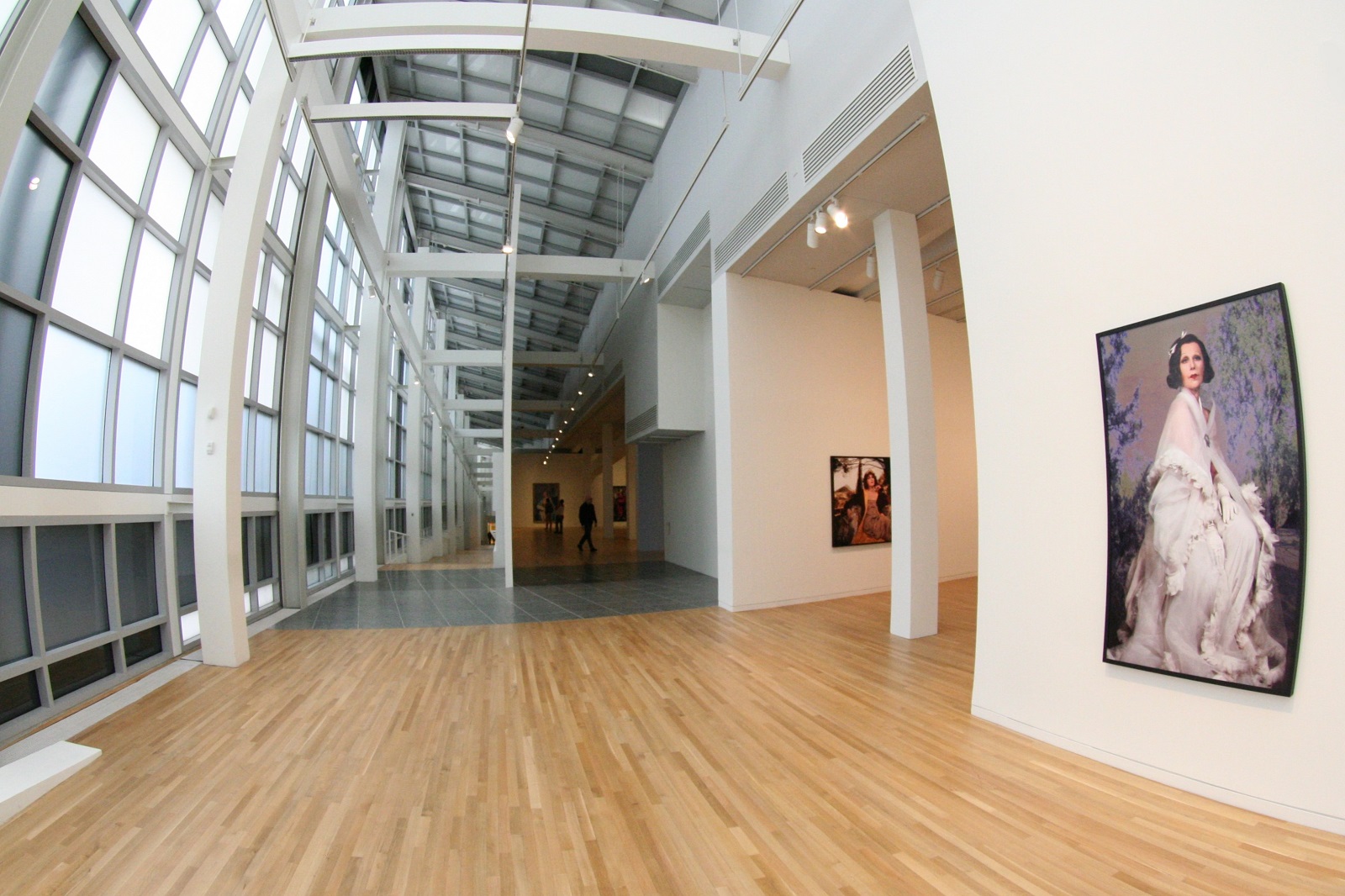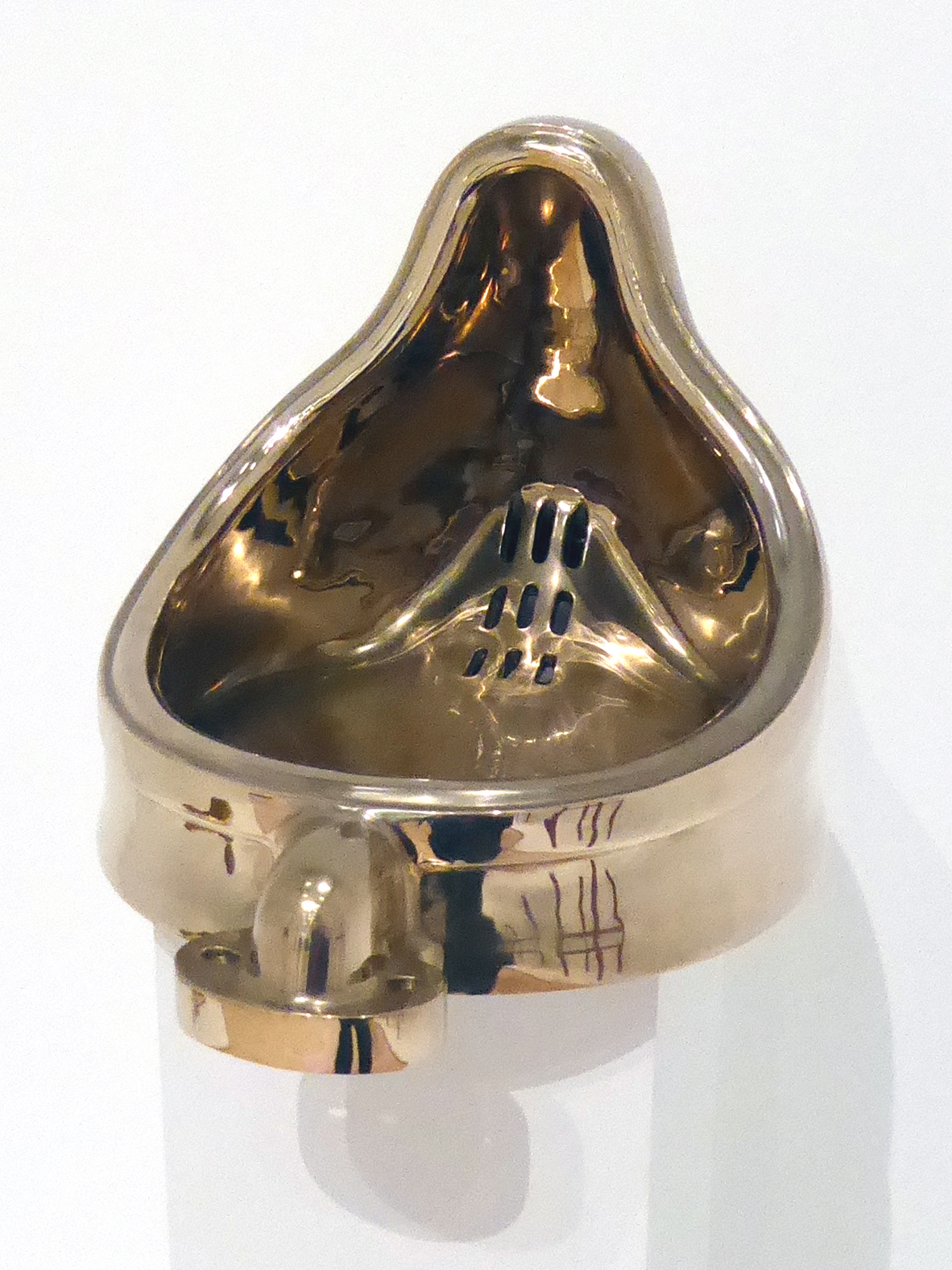|
Deborah Kass
Deborah Kass (born 1952) is an American artist whose work explores the intersection of pop culture, art history, and the construction of self. Deborah Kass works in mixed media, and is most recognized for her paintings, prints, photography, sculptures and neon lighting installations. Kass's early work mimics and reworks signature styles of iconic male artists of the 20th century including Frank Stella, Andy Warhol, Jackson Pollock, and Ed Ruscha. Kass's technique of Appropriation (art), appropriation is a critical commentary on the intersection of social power relations, identity politics, and the historically dominant position of male artists in the art world.Kass, Deborah, and Lisa Liebmann. Deborah Kass: Before and Happily Ever after. New York: Skira Rizzoli, 2012. Early life Deborah Kass was born in 1952 in San Antonio, Texas. Her grandparents were from Belarus and Ukraine, first generation Jewish immigrants to New York. Kass’s parents were from the The Bronx, Bronx and Que ... [...More Info...] [...Related Items...] OR: [Wikipedia] [Google] [Baidu] |
Frank Stella
Frank Philip Stella (born May 12, 1936) is an American painter, sculptor and printmaker, noted for his work in the areas of minimalism and post-painterly abstraction. Stella lives and works in New York City. Biography Frank Stella was born in Malden, Massachusetts, to parents of Italian descent. His father was a gynecologist, and his mother was a housewife and artist who attended fashion school and later took up landscape painting.Deborah Solomon (September 7, 2015)The Whitney Taps Frank Stella for an Inaugural Retrospective at Its New Home''The New York Times''. After attending high school at Phillips Academy in Andover, Massachusetts, where he learned about abstract modernists Josef Albers and Hans Hofmann, he attended Princeton University, where he majored in history and met Darby Bannard and Michael Fried. Early visits to New York art galleries fostered his artistic development, and his work was influenced by the abstract expressionism of Jackson Pollock and Franz Kline. S ... [...More Info...] [...Related Items...] OR: [Wikipedia] [Google] [Baidu] |
Carnegie Mellon University
Carnegie Mellon University (CMU) is a private research university in Pittsburgh, Pennsylvania. One of its predecessors was established in 1900 by Andrew Carnegie as the Carnegie Technical Schools; it became the Carnegie Institute of Technology in 1912 and began granting four-year degrees in the same year. In 1967, the Carnegie Institute of Technology merged with the Mellon Institute of Industrial Research, founded in 1913 by Andrew Mellon and Richard B. Mellon and formerly a part of the University of Pittsburgh. Carnegie Mellon University has operated as a single institution since the merger. The university consists of seven colleges and independent schools: The College of Engineering, College of Fine Arts, Dietrich College of Humanities and Social Sciences, Mellon College of Science, Tepper School of Business, Heinz College of Information Systems and Public Policy, and the School of Computer Science. The university has its main campus located 5 miles (8 km) from Downto ... [...More Info...] [...Related Items...] OR: [Wikipedia] [Google] [Baidu] |
Particular
In metaphysics, particulars or individuals are usually contrasted with universals. Universals concern features that can be exemplified by various different particulars. Particulars are often seen as concrete, spatiotemporal entities as opposed to abstract entities, such as properties or numbers. There are, however, theories of ''abstract particulars'' or '' tropes''. For example, Socrates is a particular (there's only one Socrates-the-teacher-of-Plato and one cannot make copies of him, e.g., by cloning him, without introducing new, distinct particulars). Redness, by contrast, is not a particular, because it is abstract and multiply instantiated (for example a bicycle, an apple, and a given woman's hair can all be red). In nominalist view everything is particular. Universals in each moment of time from point of view of an observer is the collection of particulars that participates it (even a void collection). Overview Sybil Wolfram Sybil Wolfram, ''Philosophical Logic'', Routledge, ... [...More Info...] [...Related Items...] OR: [Wikipedia] [Google] [Baidu] |
Objectivity (philosophy)
In philosophy, objectivity is the concept of truth independent from individual subjectivity (bias caused by one's perception, emotions, or imagination). A proposition is considered to have objective truth when its truth conditions are met without bias caused by the mind of a sentient being. Scientific objectivity refers to the ability to judge without partiality or external influence. Objectivity in the moral framework calls for moral codes to be assessed based on the well-being of the people in the society that follow it. Moral objectivity also calls for moral codes to be compared to one another through a set of universal facts and not through subjectivity. Objectivity of knowledge Plato considered geometry to be a condition of idealism concerned with universal truth. In ''Republic'', Socrates opposes the sophist Thrasymachus's relativistic account of justice, and argues that justice is mathematical in its conceptual structure, and that ethics was therefore a precise and objec ... [...More Info...] [...Related Items...] OR: [Wikipedia] [Google] [Baidu] |
Subjectivity
Subjectivity in a philosophical context has to do with a lack of objective reality. Subjectivity has been given various and ambiguous definitions by differing sources as it is not often the focal point of philosophical discourse.Bykova, Marina F. (February 2018). "On the Problem of Subjectivity: Editor's Introduction". ''Russian Studies in Philosophy''. 56: 1-5 - via EBSCOhost. However, it is related to ideas of consciousness, agency, personhood, philosophy of mind, reality, and truth. Three common definitions include that subjectivity is the quality or condition of: * Something being a '' subject'', narrowly meaning an individual who possesses conscious experiences, such as perspectives, feelings, beliefs, and desires. Solomon, Robert C. "Subjectivity," in Honderich, Ted. ''Oxford Companion to Philosophy (Oxford University Press, 2005), p.900. * Something being a ''subject'', broadly meaning an entity that has agency, meaning that it acts upon or wields power over some other en ... [...More Info...] [...Related Items...] OR: [Wikipedia] [Google] [Baidu] |
Women's Studies
Women's studies is an academic field that draws on feminist and interdisciplinary methods to place women's lives and experiences at the center of study, while examining social and cultural constructs of gender; systems of privilege and oppression; and the relationships between power and gender as they intersect with other identities and social locations such as race, sexual orientation, socio-economic class, and disability. Popular concepts that are related to the field of women's studies include feminist theory, standpoint theory, intersectionality, multiculturalism, transnational feminism, social justice, affect studies, agency, bio-politics, materialism, and embodiment. Research practices and methodologies associated with women's studies include ethnography, autoethnography, focus groups, surveys, community-based research, discourse analysis, and reading practices associated with critical theory, post-structuralism, and queer theory. The field researches and critique ... [...More Info...] [...Related Items...] OR: [Wikipedia] [Google] [Baidu] |
Susan Rothenberg
Susan Charna Rothenberg (January 20, 1945 – May 18, 2020) was an American Contemporary art, contemporary painter, printmaker, sculptor, and draughtswoman. She became known as an artist through her iconic images of the horse, which synthesized the opposing forces of abstraction and representation. Early life and education Rothenberg was born in Buffalo, New York, on January 20, 1945, the daughter of Adele (Cohen), a president of the Buffalo Red Cross, and Leonard Rothenberg, who owned a supermarket chain. In 1965, she graduated from Cornell University in Ithaca, New York, with a Bachelor of Fine Arts degree. In 1967, she went to Washington, D.C., and studied at George Washington University and the Corcoran College of Art and Design, Corcoran Museum School. In 1969, she moved to New York City, New York, where she became a member of a dedicated community of artists. Through large acrylic paintings featuring emblematic, life-sized images of horses, largely monochromatic, she estab ... [...More Info...] [...Related Items...] OR: [Wikipedia] [Google] [Baidu] |
Pat Steir
Pat Steir (born 1940) is an American painter and printmaker. Her early work was loosely associated with conceptual art and minimalism, however, she is best known for her abstract dripped, splashed and poured "Waterfall" paintings, which she started in the 1980s, and for her later site-specific wall drawings. Steir has had retrospectives and exhibitions all over the world, including the Tate Gallery in London, and shows at the Brooklyn Museum and the New Museum of Contemporary Art that traveled throughout Europe. She has won numerous awards for her work, and is thoroughly represented in major museum collections in the United States and abroad, including the Metropolitan Museum of Art and the Museum of Modern Art in New York City and the Tate Gallery. She is a founding board member of Printed Matter bookshop in New York City, and of the landmark feminist journal, Heresies, first published in 1977. Steir has also taught art at Parsons School of Design, Princeton University and ... [...More Info...] [...Related Items...] OR: [Wikipedia] [Google] [Baidu] |
Elizabeth Murray (artist)
Elizabeth Murray (September 6, 1940 – August 12, 2007)Smith, Roberta ''The New York Times'', 13 August 2007. Retrieved 16 April 2008. was an American painter, printmaker and draughtsman. Her works are in many major public collections, including those of the Solomon R. Guggenheim Museum, the Hirshhorn Museum and Sculpture Garden, the Museum of Modern Art, the Whitney Museum of American Art, the San Francisco Museum of Modern Art,Elizabeth Murray - American Abstract Painter, 1940-2007 artcyclopedia.com the , the |
Barbara Kruger
Barbara Kruger (born January 26, 1945) is an American conceptual artist and collagist associated with the Pictures Generation. She is most known for her collage style that consists of black-and-white photographs, overlaid with declarative captions, stated in white-on-red Futura Bold Oblique or Helvetica Ultra Condensed text. The phrases in her works often include pronouns such as "you", "your", "I", "we", and "they", addressing cultural constructions of power, identity, consumerism, and sexuality. Kruger's artistic mediums include photography, sculpture, graphic design, architecture, as well as video and audio installations. Kruger lives and works in New York and Los Angeles."Barbara Kruger" PBS. Retrieved April 14, 2014. She is an Emerita Distinguished Professor of New Genres at the |
Cindy Sherman
Cynthia Morris Sherman (born January 19, 1954) is an American artist whose work consists primarily of photographic self-portraits, depicting herself in many different contexts and as various imagined characters. Her breakthrough work is often considered to be the collected '' Untitled Film Stills'', a series of 70 black-and-white photographs of herself evoking typical female roles in performance media (especially arthouse films and popular B-movies). In the 1980s, she used color film and large prints, and focused more on costume, lighting and facial expression. Early life and education Sherman was born on January 19, 1954, in Glen Ridge, New Jersey, the youngest of the five children of Dorothy and Charles Sherman. Shortly after her birth, her family moved to the township of Huntington, Long Island. Her father worked as an engineer for Grumman Aircraft. Her mother taught reading to children with learning difficulties.Simon Hattenstone (January 15, 2011)Sherman: Me, myself and I'' ... [...More Info...] [...Related Items...] OR: [Wikipedia] [Google] [Baidu] |
Sherrie Levine
Sherrie Levine (born 1947) is an American photographer, painter, and Conceptual art, conceptual artist. Some of her work consists of exact photographic reproductions of the work of other photographers such as Walker Evans, Eliot Porter and Edward Weston. Early life and education Sherrie Levine was born in Hazleton, Pennsylvania in 1947. The Midwest, however, shaped her identity, as she spent most of her childhood and adolescence in the suburbs of St. Louis, St. Louis, Missouri. Levine recalled her mother—who enjoyed painting—sparking her interest in art at eight years old, as she would take Levine to the Saint Louis Art Museum, St. Louis Art Museum. Levine's mother would also take her to see art house films on a regular basis, which later influenced her work. After graduating high school in 1965, she spent eight years in Wisconsin, received her B.A. from the University of Wisconsin in Madison in 1969. [...More Info...] [...Related Items...] OR: [Wikipedia] [Google] [Baidu] |

.jpg)
.jpg)

